The field of artificial intelligence has long been dominated by correlation-based machine learning models that excel at pattern recognition but fail to distinguish between causation and mere association. This fundamental limitation has led to what researchers now call the "correlation fallacy" - the dangerous assumption that predictive accuracy equates to understanding. The emerging causal revolution in machine learning promises to upend this paradigm by equipping algorithms with the ability to reason about cause-and-effect relationships.
For decades, machine learning systems have operated under what Judea Pearl famously described as "the ladder of causation." Most contemporary AI resides on the first rung - seeing patterns in data. When Netflix recommends movies based on what similar users watched, or when facial recognition software matches features to identities, these are triumphs of correlation-based learning. However, as these systems increasingly mediate high-stakes decisions in healthcare, criminal justice, and financial services, their inability to answer counterfactual questions ("What would happen if we changed X?") becomes not just a theoretical limitation but a practical hazard.
The consequences of confusing correlation with causation in AI systems range from comical to catastrophic. There are documented cases of machine learning models "discovering" that patients who received a certain medication had better outcomes - failing to recognize that doctors only prescribed that medication to healthier patients. In another infamous example, an algorithm designed to predict student success mistakenly identified library usage as a key factor, when in reality, motivated students both studied more and used the library more frequently. These are not mere academic concerns; they represent fundamental flaws in how we build decision-making systems.
Causal machine learning introduces a new toolkit that allows algorithms to move beyond pattern recognition. Techniques like causal discovery algorithms, structural causal models, and do-calculus provide mathematical frameworks for distinguishing causation from correlation. Rather than simply observing that two variables move together, these methods enable systems to test whether changing one variable actually causes changes in another. This represents nothing less than a paradigm shift in how we approach artificial intelligence.
The practical applications of causal AI are already demonstrating transformative potential. In healthcare, causal models can distinguish between symptoms and diseases, identify genuine treatment effects, and predict how interventions will affect different patient subgroups. In economics, they enable policymakers to simulate the effects of potential decisions before implementation. Even in complex domains like climate science, causal approaches help untangle the web of interacting factors that drive environmental change.
What makes the causal revolution particularly timely is the growing recognition that many machine learning failures stem from their correlation-based foundations. As AI systems take on more responsibility, we can no longer afford black boxes that make accurate predictions for the wrong reasons. The explainability crisis in AI - where even developers struggle to understand why their models make certain decisions - finds potential solutions in causal frameworks that articulate clear cause-and-effect relationships.
The transition from correlation to causation in machine learning mirrors the historical development of the scientific method. Just as modern science moved beyond simple observation to controlled experimentation and theoretical frameworks, AI must now incorporate causal reasoning to achieve true understanding. This doesn't render traditional machine learning obsolete - correlation remains powerful for many applications - but it does establish causation as the gold standard for systems where understanding why matters as much as predicting what.
Implementing causal machine learning presents significant challenges. Causal inference typically requires more sophisticated modeling assumptions than correlation-based approaches. It often demands different kinds of data, including interventions and experiments rather than purely observational datasets. The mathematical foundations are more complex, and the computational requirements can be greater. Yet these barriers are falling as the field matures, with new techniques making causal AI increasingly accessible.
The ultimate promise of the causal revolution extends beyond fixing current AI limitations. By grounding artificial intelligence in causal reasoning, we may finally create systems that can answer "why" questions, imagine alternative scenarios, and reason about interventions - capabilities that have remained elusive in conventional machine learning. This could enable AI to participate in scientific discovery, engage in meaningful dialogue about complex issues, and make judgments that account for context and consequence.
As the causal revolution gains momentum, it's reshaping not just how we build AI systems, but how we think about intelligence itself - both artificial and human. The distinction between seeing patterns and understanding causes may well define the next era of artificial intelligence, moving us closer to machines that don't just predict our world, but comprehend it.

By /Aug 14, 2025
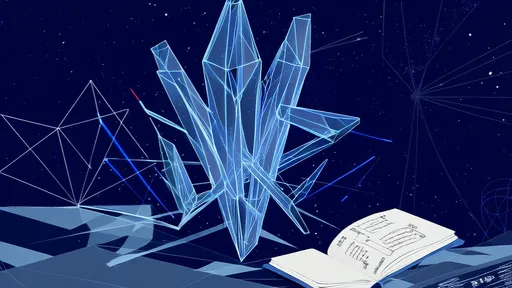
By /Aug 14, 2025

By /Aug 14, 2025
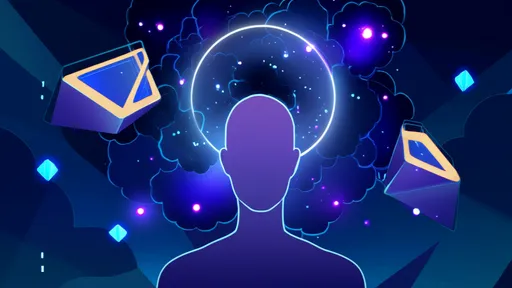
By /Aug 14, 2025
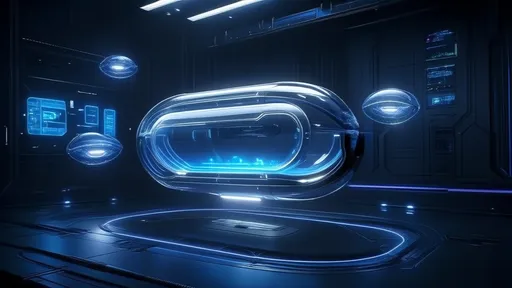
By /Aug 14, 2025

By /Aug 14, 2025

By /Aug 14, 2025

By /Aug 14, 2025

By /Aug 14, 2025

By /Aug 14, 2025
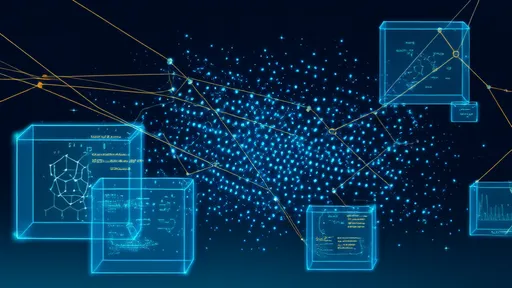
By /Aug 14, 2025
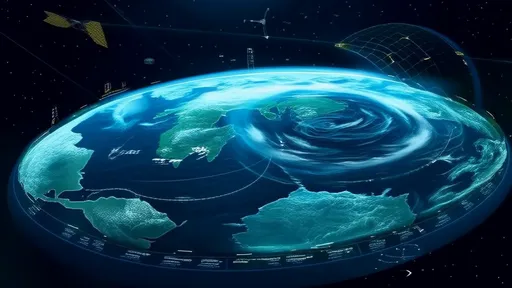
By /Aug 14, 2025

By /Aug 14, 2025

By /Aug 14, 2025

By /Aug 14, 2025

By /Aug 14, 2025

By /Aug 14, 2025

By /Aug 14, 2025
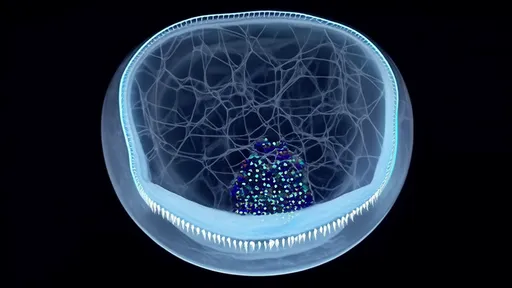
By /Aug 14, 2025
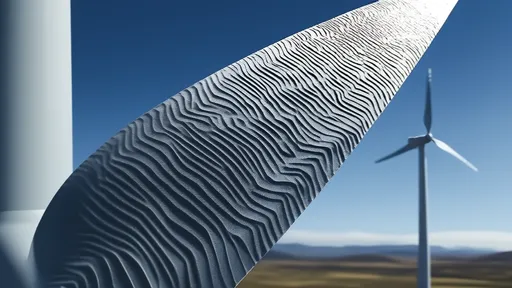
By /Aug 14, 2025